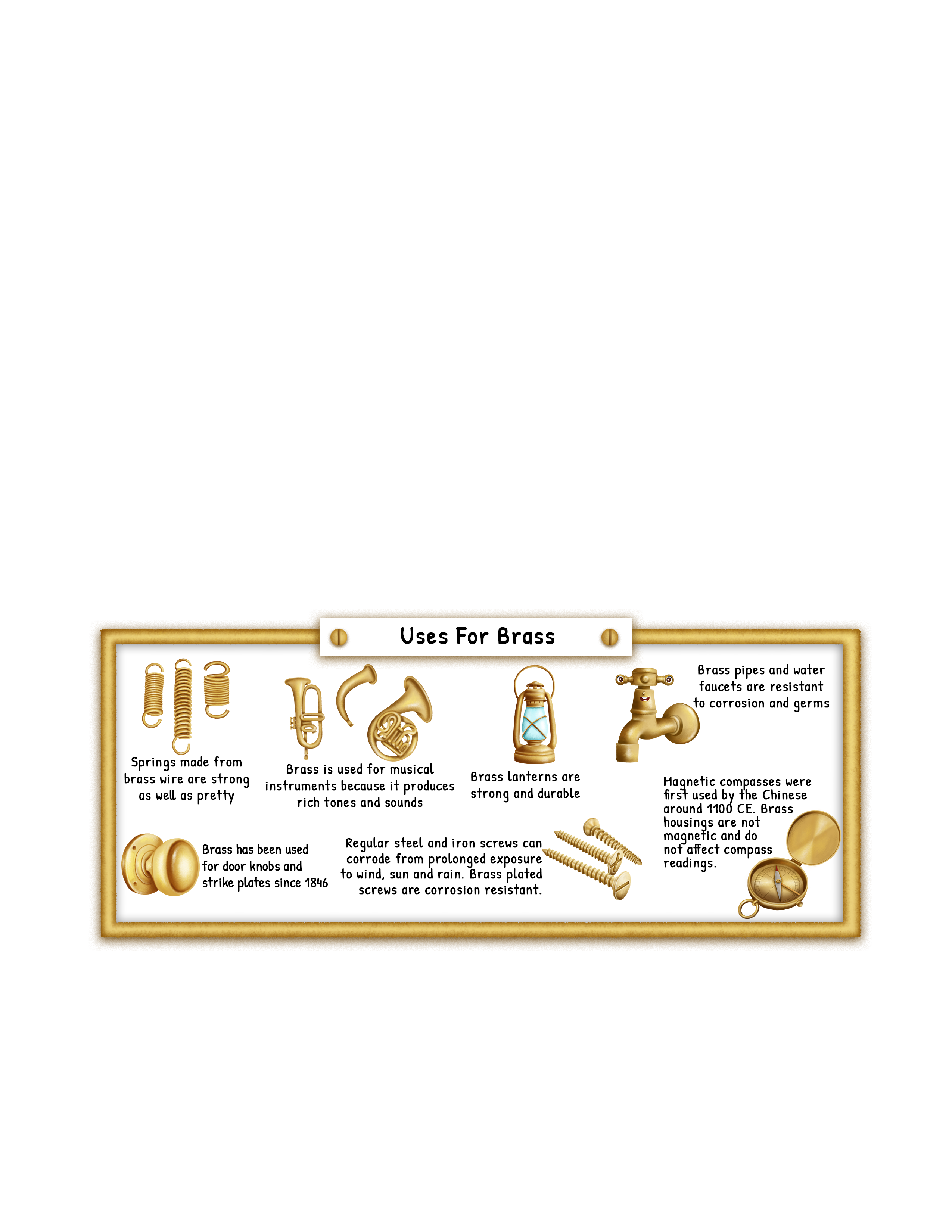Magnetic compasses were first used by the Chinese around 1100 CE. The use of a compass has been a fundamental tool for navigation for centuries. It began in China around the 11th century with the invention of the magnetic compass, which utilized the earth’s magnetic fields to align a needle and determine direction. This new device revolutionized the world of navigation and was soon used by explorers, pirates, and sailors on their voyages.
Brass housings are not magnetic and do not affect compass readings. Brass is a popular metal alloy used for various instruments and tools, including compasses. The unique properties of brass make it an ideal material for the manufacture of high-quality compasses that are both accurate and durable.
Compasses have been in use for centuries and were initially designed to help navigators and explorers find their way through unfamiliar terrain. Today, compasses serve a wide range of purposes, from helping hikers to navigate through the wilderness to assisting pilots in the air. Regardless of their intended use, the accuracy and reliability of a compass are essential, and brass plays a crucial role in ensuring that these requirements are met.
One of the main reasons why brass is an excellent material for compasses is its corrosion resistance. This is important because a compass is often exposed to various environmental factors, such as moisture, humidity, and saltwater. Exposure to these elements can cause the compass to deteriorate, leading to inaccuracies and a shorter lifespan. However, brass is highly resistant to corrosion, making it an ideal choice for use in compasses that need to withstand the elements.
Brass is an easy metal to work with, making it easy to manufacture compasses. Additionally, brass is an excellent conductor of heat and electricity, which is essential in compasses that need to detect magnetic fields accurately. This is because the magnetic field that a compass detects is generated by the Earth’s magnetic field. The brass used in compasses is usually a combination of copper and zinc, which are metals that are highly conductive and have magnetic properties. As a result, they can carry magnetic fields efficiently, making them perfect for use in compasses.
Another important aspect of using brass for compasses is its ability to reduce interference from external magnetic fields. Compasses that are not shielded correctly can be influenced by electromagnetic interference, leading to inaccuracies in readings. However, brass is an effective shield against such interference, making it an ideal choice for use in compasses.
Brass is also durable and long-lasting, which is another crucial factor when it comes to compasses. When used correctly, brass can withstand wear and tear, and this is essential for a compass that is often used in rugged conditions. Additionally, the alloy is resistant to tarnishing, making it easy to maintain while ensuring that the compass remains visible and easy to read.
Brass is an excellent material for compasses, given its unique properties. The corrosion resistance, conductivity, and durability of brass make it ideal for manufacturing high-quality compasses. Whether you are a hiker, a sailor, or a pilot, a brass compass is a reliable tool that will help you navigate through unfamiliar terrain. The precision and reliability of a brass compass ensure that you can trust it in any situation, making it an essential addition to any adventurer’s kit.
This article is brought to you by Sybrina Durant, the author of the middle grade picture book, Magical Elements of the Periodic Table Presented Alphabetically By The Metal Horn Unicorns. In that book and also in The Journey To Osm collection, Brass is presented by the unicorn, Cornum. Read Cornum’s Story.





















